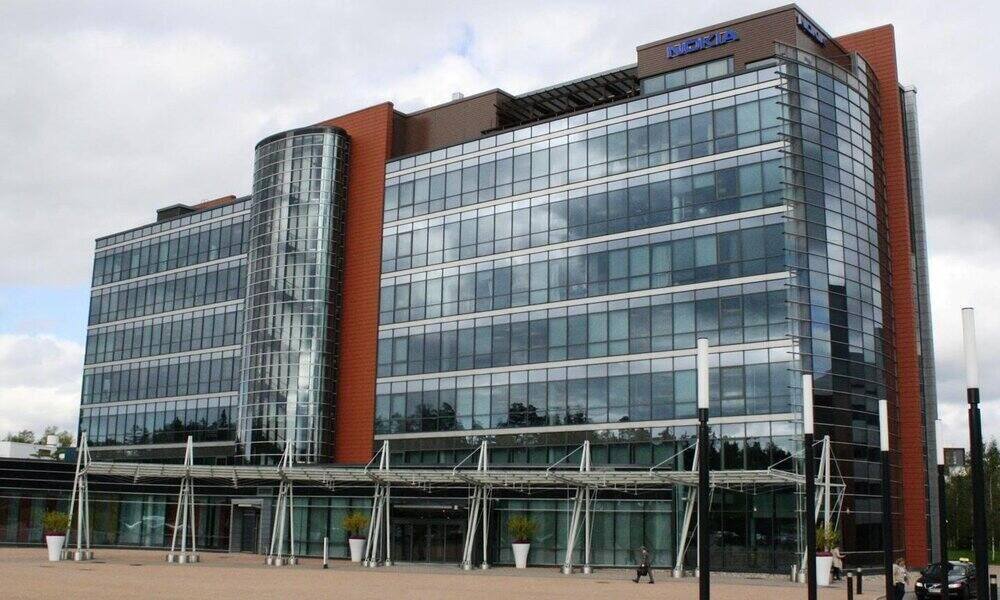
Microsoft has announced the end of production of the latest Kinect devices, the version for Azure that was still available to the enterprise market and developers.
The 3D motion control sensor it was released to the consumer market in 2010 for the Xbox 360 console. Trying to boost sales, Microsoft forced it to bundle it with the next console, the Xbox One. A failed strategy that increased the price of the console, which led to a delay in sales against the PlayStation 4 and the loss of leadership in the sector in favor of Sony that continues to date.
In 2017, Microsoft halted production of the peripheral, and a year later came the end for the Xbox Kinect Adapter, the USB accessory that allowed Kinect owners to connect the motion sensor to Xbox consoles or a Windows PC.
azure kinect
However, in 2019 Microsoft tried again with a variant for the professional market and thus came the Azure Kinect Developer Kit, a $399 PC peripheral powered by Azure cloud computing and designed for business use and developers focused on the creation of AI algorithms.
This is the version that now ends its production to say a final goodbye to Kinect. Developer Kits will be available until the end of October or while supplies last. Existing users can continue to use them “without interruption” and the Azure Kinect Developer Kit SDK (Software Development Kit) will continue to be available for download. Additionally, Microsoft says that the underlying technology will live on through its ecosystem of partners.
Certainly, Kinect has meant a resounding sales failure, but at the same time it has been an important experience to use its technology in the creation of other devices. Kinect served as the foundation for the Windows Mixed Reality headset and later for the Hololens technology that Microsoft continues to develop for the professional market.
As a detail, say that the company responsible for the initial technology for the development of Kinect, PrimeSense, was acquired by Apple and we assume it has had a lot to do with the development of the Apple Vision Pro, the most advanced mixed reality device on the market.



